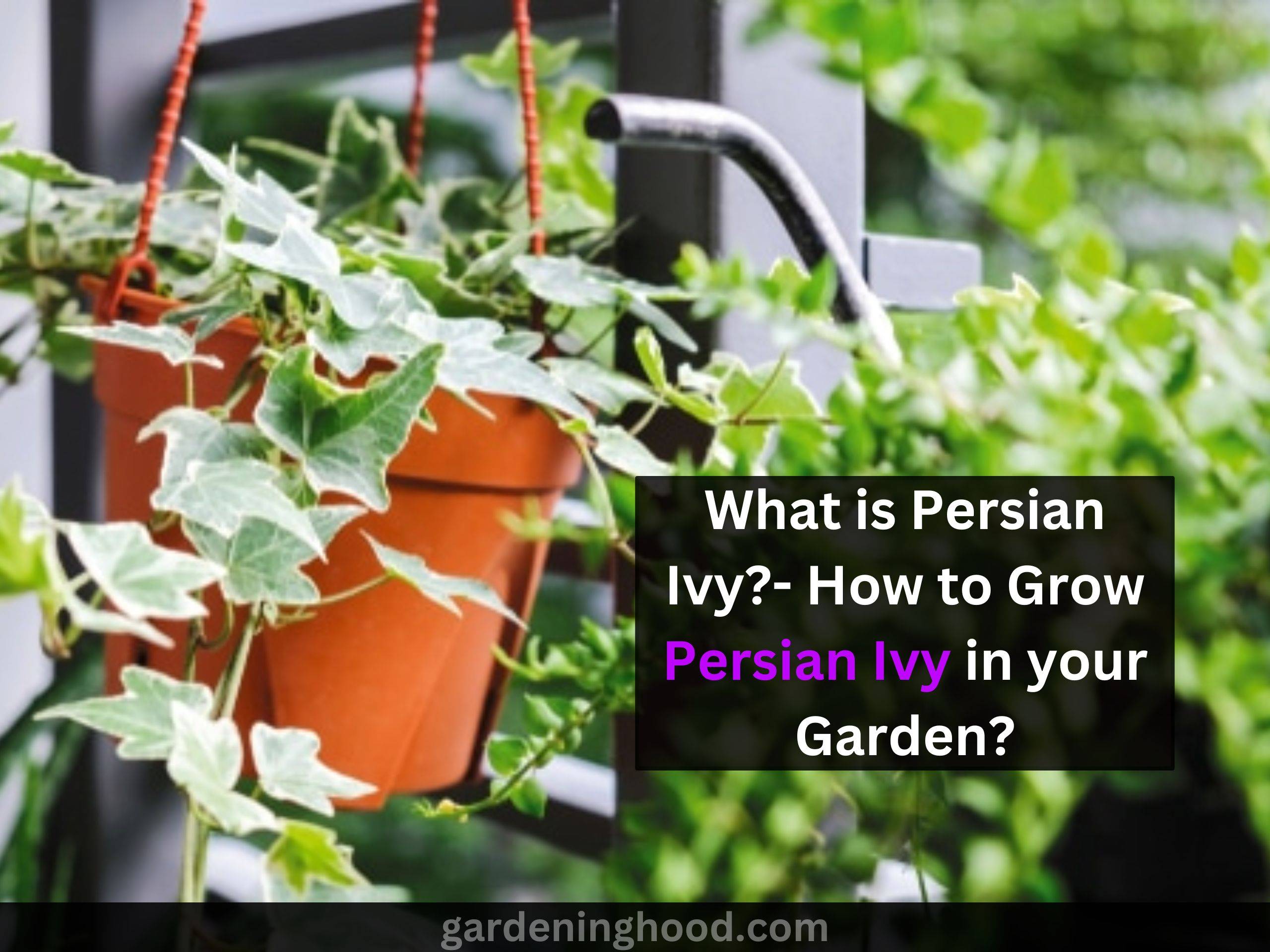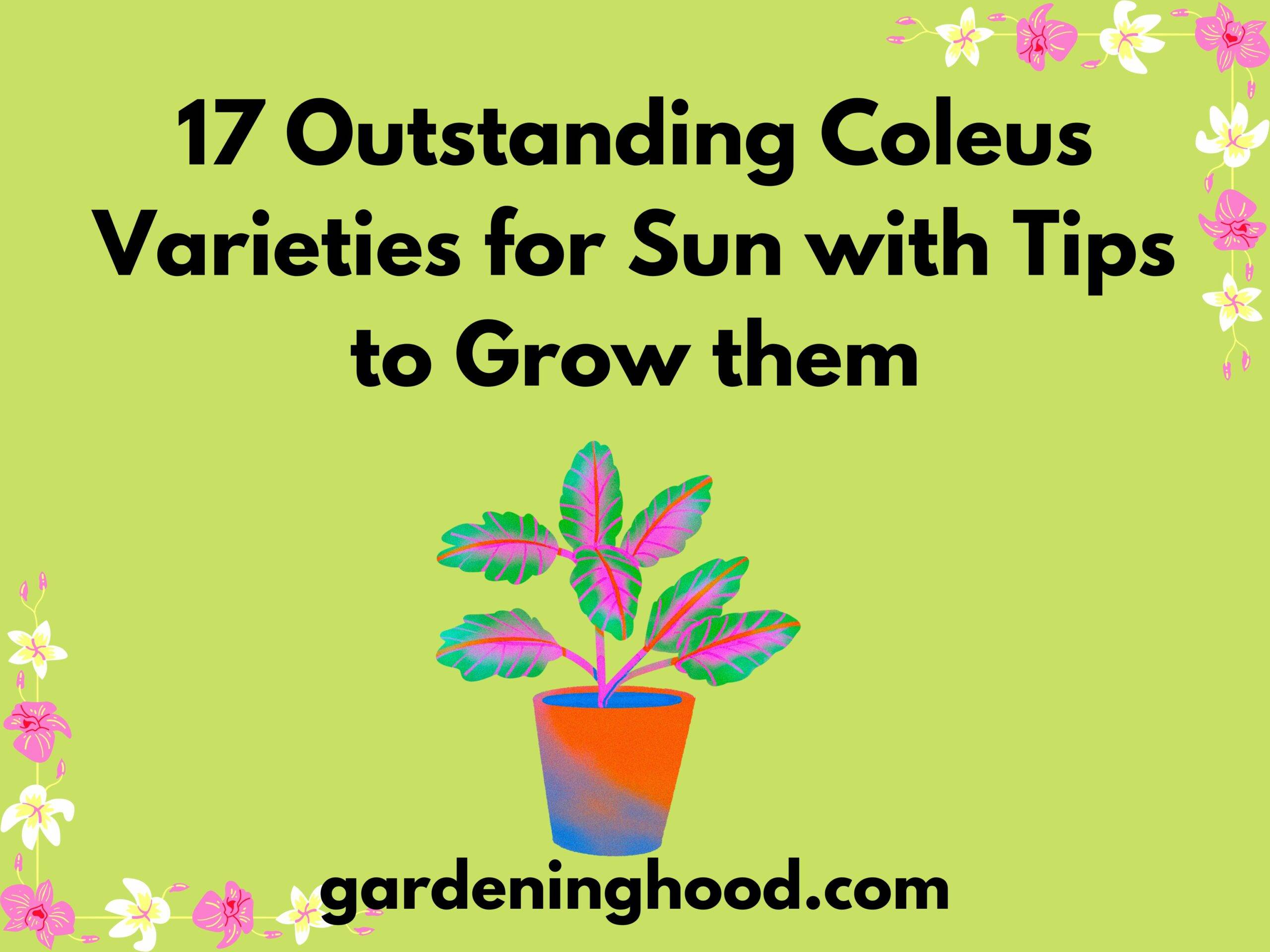How to Protect Plants from Frost?(Easiest tips to follow)
Hey folks! Welcome back!
I hope you are doing appreciable in your gardening field. Today I am here to introduce you to one of the new things that can do wonders in your garden. Do you know How To Protect Plants From Frost?
Yes, we understand you planted a beautiful plant but are worried about the arriving frosty weather and how you would save your tiny plant or the big one. This article will guide you toward the answers to “How To Protect Plants From Frost?”.
Key takeaways:
- The low temperatures can be life-threatening for the plants as the freezing point crystallizes and lowers the metabolism of plants, the inner reactions slow down and can cause the death of plants.
- A temperature that is below 28 degrees Fahrenheit may cause the freezing of plant sap and will cause trouble for the plants.
- Some ways to protect the plant are to Water plants in the middle of the day, Mulch, and mulch well! , Covering the plants, etc.
Yes, we understand you planted a beautiful plant but are worried about the arriving frosty weather and how you would save your tiny plant or the big one.
What is Frost?
Frost is usually called a layer of ice that is thin which will be formed when the state of water vapour changes to solid from a gas it’s because of the lower temperature of it which is below the freezing point.
Frost tends to damage the plants when the water of the plant cells becomes ice crystals as it will not let the fluids move and damage the tissues of the plant easily.
The frost that is below 28% for the plants will be chaos for the plants but not if it ranges between 28°F to 32°F. Also, some of the vegetables in the garden will be more delicious after frost.
Which plants need protection from frost?
The hot weather-loving plants like False astar, Blue flax, and Black-eyed Susan, etc are haters of cold frosty weather. The soft new seedlings, tender tiny plants, need the most protection from the frost. The spring season is the time to protect the plants from frost.
Many plants like onions, cabbage, lettuce, carrots, kale, beets, radishes, etc. can still survive the frost weather if they are hardy enough and have better adaptability.
The plants that need protection might just tolerate a little frost, but not much for more than 2 hours. Other than the above-written plants, Eggplants, broccoli, peas, beans, corn, and celery are also included.
How to protect plants from frost?
Folks, finally we are here to know about the steps that will help you in protecting your plants from frost. They are as follows:
- Take the container of a plant inside
- Water plants in the middle of the day
- Mulch, mulch well!
- Pullover blankets for plants
- Provide them with airy space
- Covering the plant
Let’s know about these steps in more detail:
Take the container of a plant inside
This should be an immediate and first step while protecting the plant from the roast which is picking the pot up and moving it to a safe spot, which can be a sheltered area or taking the pot indoors.
Water plants in the middle of the day
For watering the plants, if your area can face sudden temperature changes, we suggest you water plants at a safe time.
When the temperatures are high and dry then you can water the plants, don’t overwater, and avoid overhead watering. The leaves if stay moist for a long time can freeze if degrees will drop.
Mulch, mulch well!
Heavy mulching is needed to protect the summer and heat-loving plants from frost. Mulch just doesn’t keep the soil damp for roots but also will provide insulation to the plants.
The shredded bark, softwoods, or compost can be used as mulch to protect them.
Pullover blankets for plants
The blankets are another option. You can cover the plant with a blanket so that the air inside stays warm at such low temperatures.
The blankets need to be placed over the plants carefully as the plants are tender. You can do this with individual plants or groups of plants. Make sure you don’t overlay them, put stakes first, and make a tent over the plants.
Provide them with airy space
The airdrops that remain on the surface of leaves can be crystallized and make the chances of freezing the plant even more. The fans are believed to raise the temperature by 2 to 7 degrees Fahrenheit.
Covering the plants
The plants need to be protected from the harsh cold winds by covering them, using various materials like plastic sheets, bags, buckets, cardboard, etc.
It is beneficial when you cover plants before the night, the temperature gets low and warm air needs to be saved in.
For more such plant-related articles, you may also read, What is a Propeller Plant? – How to Grow Crassula falcata ‘Propeller Plant’?
How to cover to protect the plants from frost?
There are a lot of materials that can cover the plants well so that the plant sap and moisture don’t freeze down completely.
Go for plastic layers, thermal layers or cloth, bedsheets, various fabrics, etc.
Cover them with cloche
Cloche is a type of cover made of plastic or glass and used to cover things. The big plastic bottles can be cut down from the bottom and made cloche with the top mouth closed. They will keep the plants warm overnight from nightfall.
Other than these, you can cover the plants
- With tarp
- With sheets
- With fleece
- With big pots
- With inverted bucket
- With newspapers
How to cover the plants from the last frost?
The hardy plants can still tolerate the late frost, but the tender plants including the seedlings, young trees, and plants, are more prone to get damaged too easily. The late spring frost comes with winds, so you must cover the plants with sheets and plastic having stakes in between because the mighty winds blew away the cover many times.
Mulching well with a thick layer of bark can keep the heat of the earth safe inside and also protect the plants from frost. The fruit trees can get affected by a late frost. Temperature below 25 degrees Fahrenheit is threatening for plants.
How to Make a More Frost-Tolerant Garden?
Folks, do you know how you can make frost-tolerant gardens? If yes, then it’s good but if not. Then, you need to save your plant by making a more frost-tolerant garden. It is because you need to save your flowers and foliage in the garden.
You can grow those plants in your garden that are frost tolerant choosing the plants that are native to the region You are living in will be good as they will adapt to the frost.
You can grow plants, bushes, and flowers as per the region you are living in. Some of the frost-tolerant flowering plants are sweet alyssum, Tulip, crocus, calendula, Pansy, and many more.
Also, some of the edible plants that are frost, tolerant Are carrots, radishes, beets, garlic, turnips, potatoes, onions, and many more.
Final thoughts on the context
In this guide, you come to know that Frost is usually called a layer of ice that is thin which will be formed when the state of water vapour changes to solid from a gas it’s because of the lower temperature of it which is below the freezing point.
By now, we hope you have understood the temperatures that you need to protect your plants from, the way you will be covering the plants, and the materials. The plants that need more care during frost as trees and hardy plants still can beat the frost. I hope you are clear with the guide.
Thanks for reading! Happy Gardening!
Check this video to know more.
FAQs
What is the best material to protect plants from frost?
Sheets, cardboard boxes, and comforters can be the best materials to protect plants from frost. Make sure you don’t put a heavy big sheet on the small plants. Using stakes will protect the tender plants.
What can I use instead of frost cloth?
Use the hard sheets, and fall near the ground. Keep the bricks on the corner of the sheets to prevent them from blowing away. Put a gap between the plants so that the warm air can move inside and still down touch the branches. Other than this, use blankets, and cardboard, to cover plants.
Should I cover my plants tonight?
The temperatures during the night drop and nightfall can also lead to the freezing of plants. In winter, the nights are extremely cold, plants need to be covered with lightweight sheets.
Will cardboard boxes protect plants from frost?
Cardboard boxes can be a great cover for your plants in sudden frost. Easily available and cheap cardboard boxes will protect the plants, you can also use the big baskets as an alternative.


